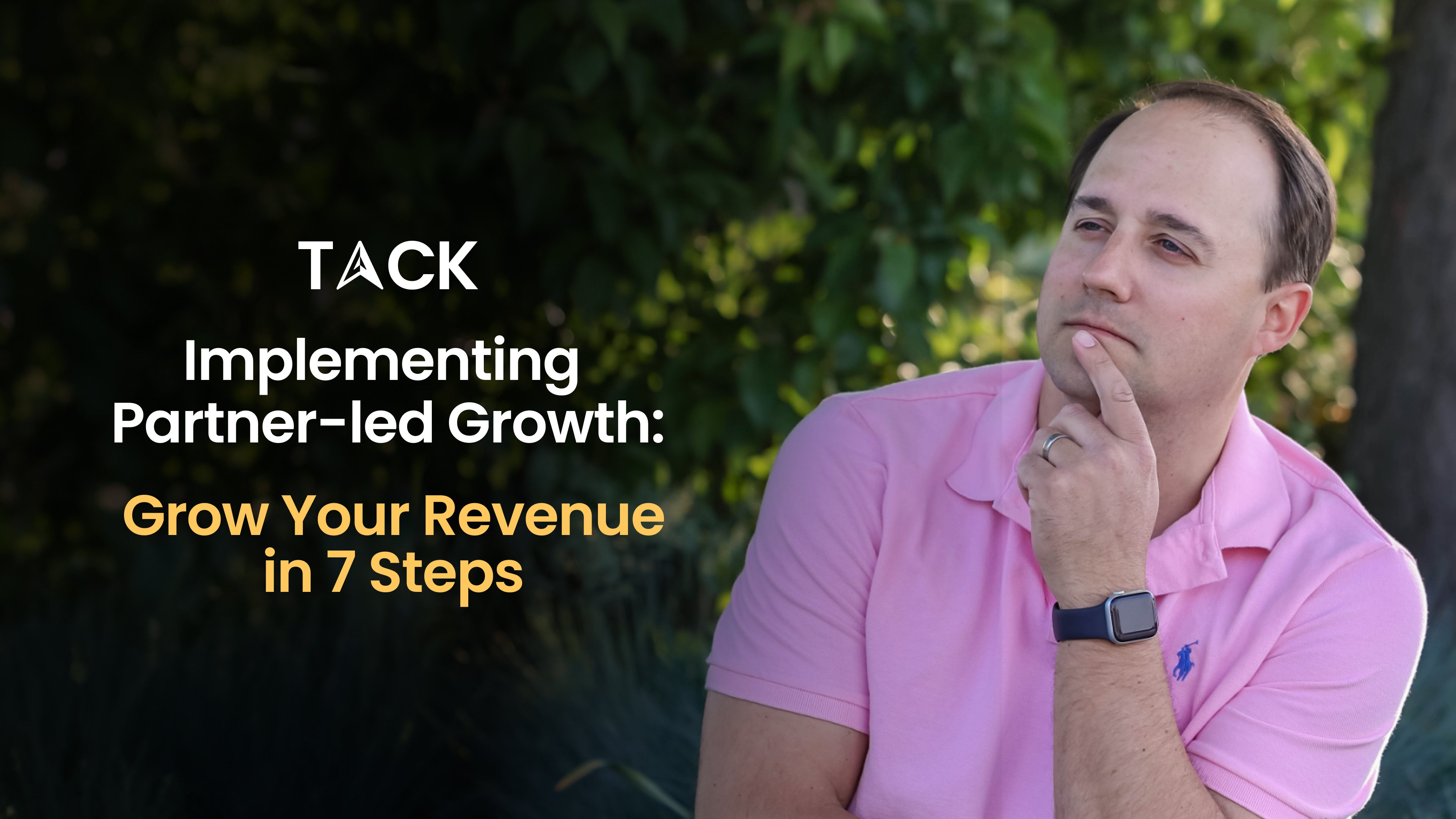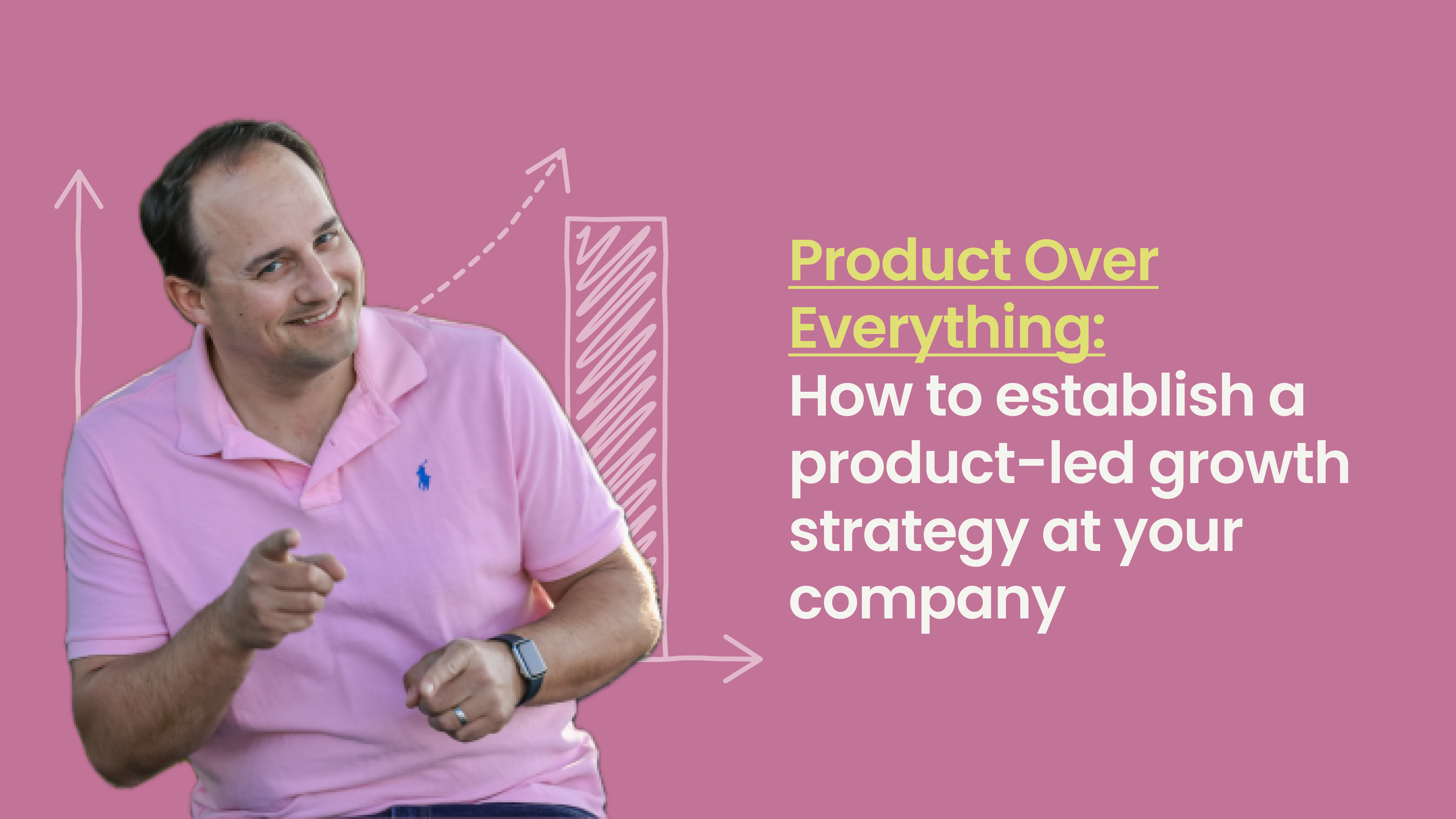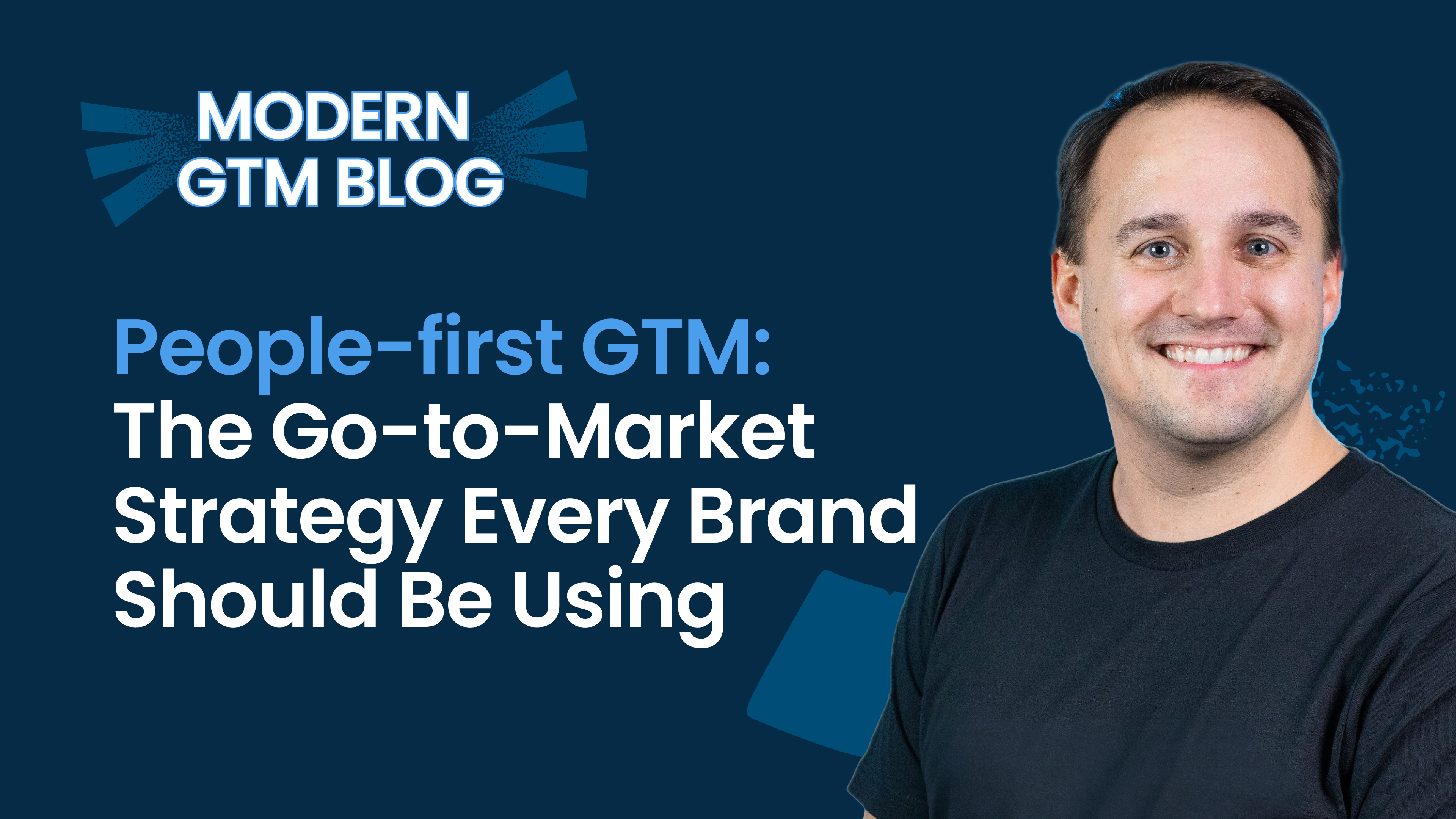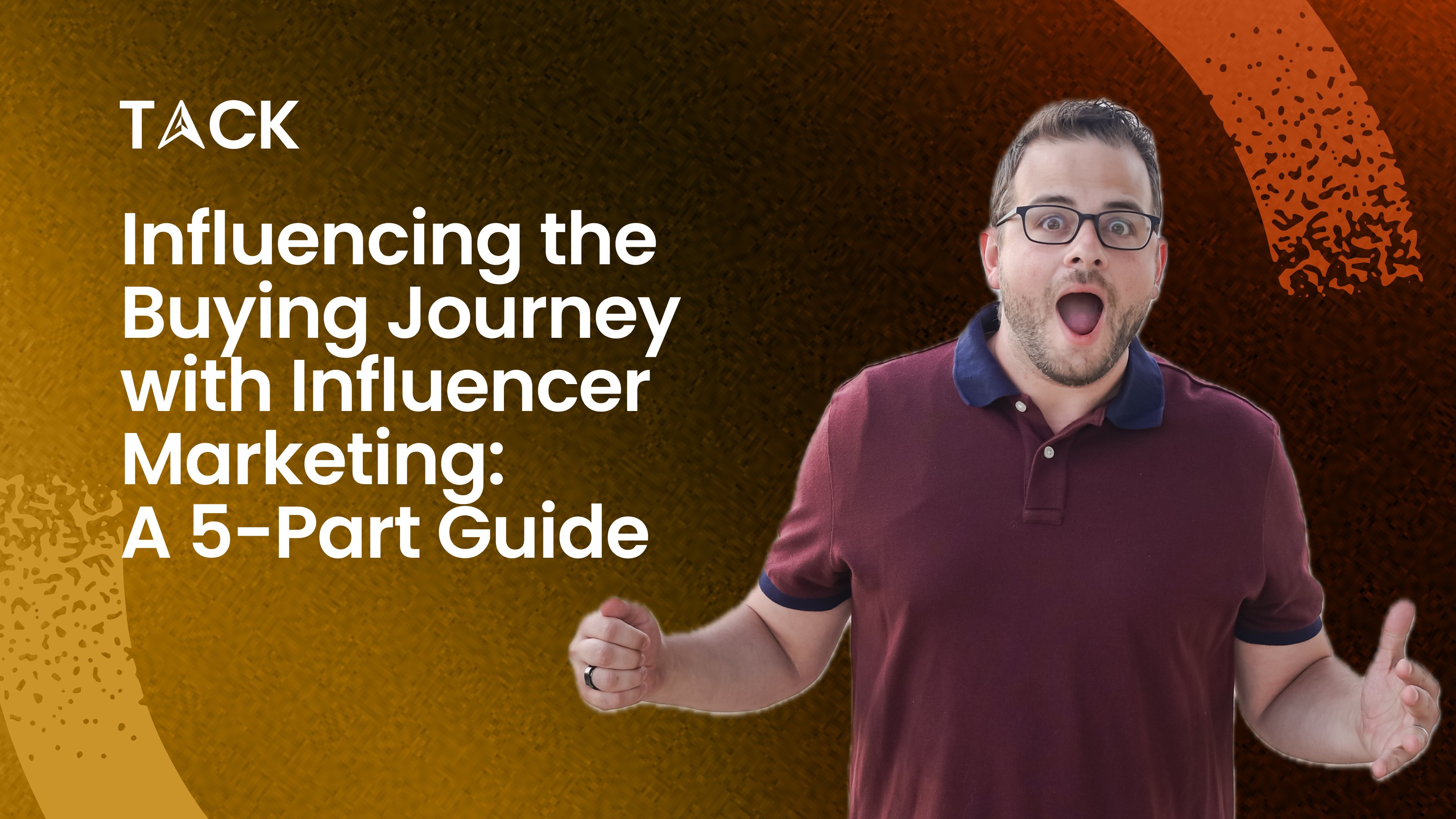Partner-led Growth: 7 Steps to Implementing at your Organization
Partner-led growth isn’t just another 3 letter acronym you’ve got to keep up with.
It’s so much more than that. We view it as a fundamental shift in how B2B brands can approach their go to market regardless of what stage they’re at as an organization.
It allows you to do things like expand your reach, break into new markets, accelerate your growth, enhance your credibility, and so much more.
But what exactly is partner-led growth?
Why do we think every brand should have some form of partner-led growth? More importantly, how can you successfully implement a partner-led growth strategy within your own organization?
Stick with us through this blog post as we answer those questions and more.
Table of contents
-
What is Partner-led Growth, and Why is it Important?
-
Benefits of Partner-led Growth
-
7 Steps to Building a Partner-led Growth Strategy
-
Assess Your Current Partnerships and Identify Gaps
-
Develop a Partner-Led Growth Strategy
-
Identify and Reach Out to Potential Partners
-
Establish Partnership Agreements and Set Expectations
-
Execute Joint Initiatives and Campaigns
-
Measure, Analyze, and Optimize Partnership Performance
-
Nurture and Expand Successful Partnerships
-
-
Key Takeaways
-
Conclusion
What is Partner-led Growth, and Why is it Important?
Partner-led growth is a collaborative approach to brand and revenue growth involving collaboration with people or organizations that are aligned on some core belief that both groups share.
At its core, this approach includes identifying, establishing, and leveraging relationships with other organizations that both benefit and drive revenue from the partnership. Partnership is a rather broad term and might include working with one influencer, an organization, a platform that is complementary to yours, an expert in the field, and many, many more that would take far too long to list.
Traditionally, partnerships have often been relegated to a secondary or supportive function within organizations. However, with people-first GTM strategies, partnerships are a core driver of overall business success.
This shift in thinking acknowledges that today, no brand can thrive in isolation. Strategic collaborations are the lifeblood of staying competitive and relevant. The result is that both brands expand their reach and tap into new growth opportunities symbiotically and without the need for significant internal investment.
Benefits of Partner-led Growth
The benefits of partner-led growth go beyond just “more people to market and sell to”. A quality partnership means sharing in their trust and authority with their audience. It’s like being introduced to a friend-of-a-friend versus a total stranger.
Partnerships can also enhance customer value and experience. By collaborating with partners could mean offering integrated solutions, complementary services, or some sort of more comprehensive experience to your joint customers.
Finally, and perhaps most importantly these days: it helps with the noise. Let’s face it, for every solution out there in B2B there are more that might accomplish the same thing. Partner-led growth can provide a significant competitive edge if you work with the right people or organizations.
7 Steps to Building a Partner-led Growth Strategy
1) Assess Your Current Partnerships and Identify Gaps
It’s unlikely your organization is starting with absolutely zero relationships in the market. Take some time and list your various relationships in the market, even if they’re minimal. If you really, truly can’t think of any, move on to step two. Otherwise, it’s time to assess various aspects of those relationships.
Ask questions like:
-
Are there current partnerships providing any value?
-
Are there any capabilities, markets, or customer segments that your current partners don't address?
-
What do you want to achieve through these and future partnerships?
By identifying these gaps, you can start to build a clear picture of the types of partners you need to recruit to round out your partner portfolio and support your growth objectives.
2)
Develop a Partner-Led Growth Strategy
Your strategy should start by defining your ideal partner profile. Factors like industry focus, target customer base, company size, and complementary capabilities should be part of the discussion. Likewise, consider whether they align with your brand’s principles and vision. This is extremely important and should be at the core of any People-first GTM strategy.
Your strategy should include the types of partnerships you wish to pursue, whether it's co-marketing, co-selling, or some combination of both.
From there, create a detailed plan that lays out how partnership efforts with your overall business objectives and outlines how partnerships will support them. This includes things like entering new markets, launching new products, or improving customer retention. Once you’ve established your goals, start thinking about the types of integrated revenue campaigns that you’ll run to meet them.
This might include, for example:
-
Joint webinars to break into new markets or increase brand awareness
-
Co-branded product offerings to improve customer experience
-
Creating a piece of original research together to boost authority
3) Identify and Reach Out to Potential Partners
At this point it’s time to begin your outreach. Start by making a list of who fits those characteristics within your ideal partner profile you’ve created as part of your strategy. From there, prioritize your list based on strategic fit and potential impact. Identify the stakeholders who’ll be making the decisions and reach out to them.
Don’t think of this as trying to close a sale; instead, start building relationships. Build rapport like you would with any friendship, then share your vision for the partnership and highlight the mutual benefits. Successful partnerships are built on trust and succeed because of shared values.
4) Establish Partnership Agreements and Set Expectations
Once both parties are ready to move forward, it's time to establish a formal partnership agreement. Your agreement should clearly define the terms and conditions of the partnership, including roles and responsibilities, performance expectations, and any financial considerations.
One critical aspect that can be overlooked in many of these agreements is setting expectations around communication and alignment. Take the time to define each partner's roles and responsibilities clearly.
These include questions like:
-
Who’s responsible for what activities and deliverables?
-
How will you collaborate and share information?
-
What are the key performance indicators (KPIs) you'll use to measure success?
-
How often will you review progress and make adjustments as needed?
By getting these expectations in writing upfront, it’ll make for a much smoother working relationship.
5) Execute Joint Initiatives and Campaigns
With your partnership agreement in place, it's time to start executing on the campaigns you’ve agreed to with your various partnerships. This is where the real value of partner-led growth comes to life.
Things you should keep in mind at this step:
-
Set up your goals and KPIs first and stick to them
-
Reiterate roles and responsibilities laid out in the partnership agreement
-
Establish a very regular communication cadence involving important stakeholders in the campaign
-
Make sure that any branded materials fit both organizations
6) Measure, Analyze, and Optimize Partnership Performance
There are two opportunities for measurement: during the campaign and after.
During the campaign, you’ll want to use the KPIs from your previous step to know whether or not you’re on course to meet your overall goals. Regularly monitor important leading metrics and adjust as needed. For instance, emails aren’t performing as well as you’d hope? Adjust course and boost organic social instead. Registrations for a joint webinar aren’t where you were hoping?
Establish a regular cadence for tracking and reporting on partnership performance. Be sure to share these reports with your partners and use the data to identify areas for improvement and optimization.
As for post-campaign analysis, have a debrief session where you evaluate both the good and bad from your initial campaign. This will help both parties for the next campaign which brings us to our last step.
7) Nurture and Expand Successful Partnerships
If you take nothing else away from this strategy, it’s this: any partnerships you form should be for the long term. One-off partnerships and sponsorships might get attention in the short term but are unlikely to have any lasting effect.
You should continually nurture and strengthen your partner relationships beyond just running campaigns. Foster open communication and transparency with your partners. Share successes, challenges, and lessons learned along the way. Celebrate wins, joint or not, and recognize the contributions of both partners.
As your partnerships mature, look for opportunities to expand and deepen the relationship. Are there other types of campaigns that would be a good fit? If you have only been co-marketing before, could your offerings be integrated into a brand new one? Like any relationship, your partnerships can and should evolve over time, but this takes deliberate focus to achieve.
Key Takeaways
- Partner-led growth is a collaborative approach that involves identifying, establishing, and leveraging relationships with aligned organizations to drive mutual brand and revenue growth.
- Developing a successful partner-led growth strategy requires having a clear vision of what you're looking to accomplish first and building deliberately from there.
- Building long-term, trust-based relationships with partners is crucial for sustained success; partnerships should be nurtured and expanded over time to maximize value for all parties involved.
Partner-led Growth is not without its challenges.
Partner-led growth involves many moving parts, and this can lead to some unique challenges.
If you struggle to align their goals and expectations with their partners, you’ll open the door to misunderstandings and missed opportunities. If you fail to invest in the necessary resources and infrastructure to support effective collaboration and communication, the same thing can happen.
Fortunately, they’re easily mitigated.
To avoid these pitfalls, approach partner-led growth with a strategic, long-term mindset and a commitment to building trust and shared value with your partners.
A strong partner-led growth strategy means it’s not a zero-sum game. With this approach, everybody involved can win.
Learn more about Partner-led Growth.
Ready to learn more about how partner-led growth feeds into the larger people-first go to market? Check out our
free Influencer Marketing Guide
and
People-First GTM Playbook and Workbook. They're waiting for you inside of the TACK Network.






